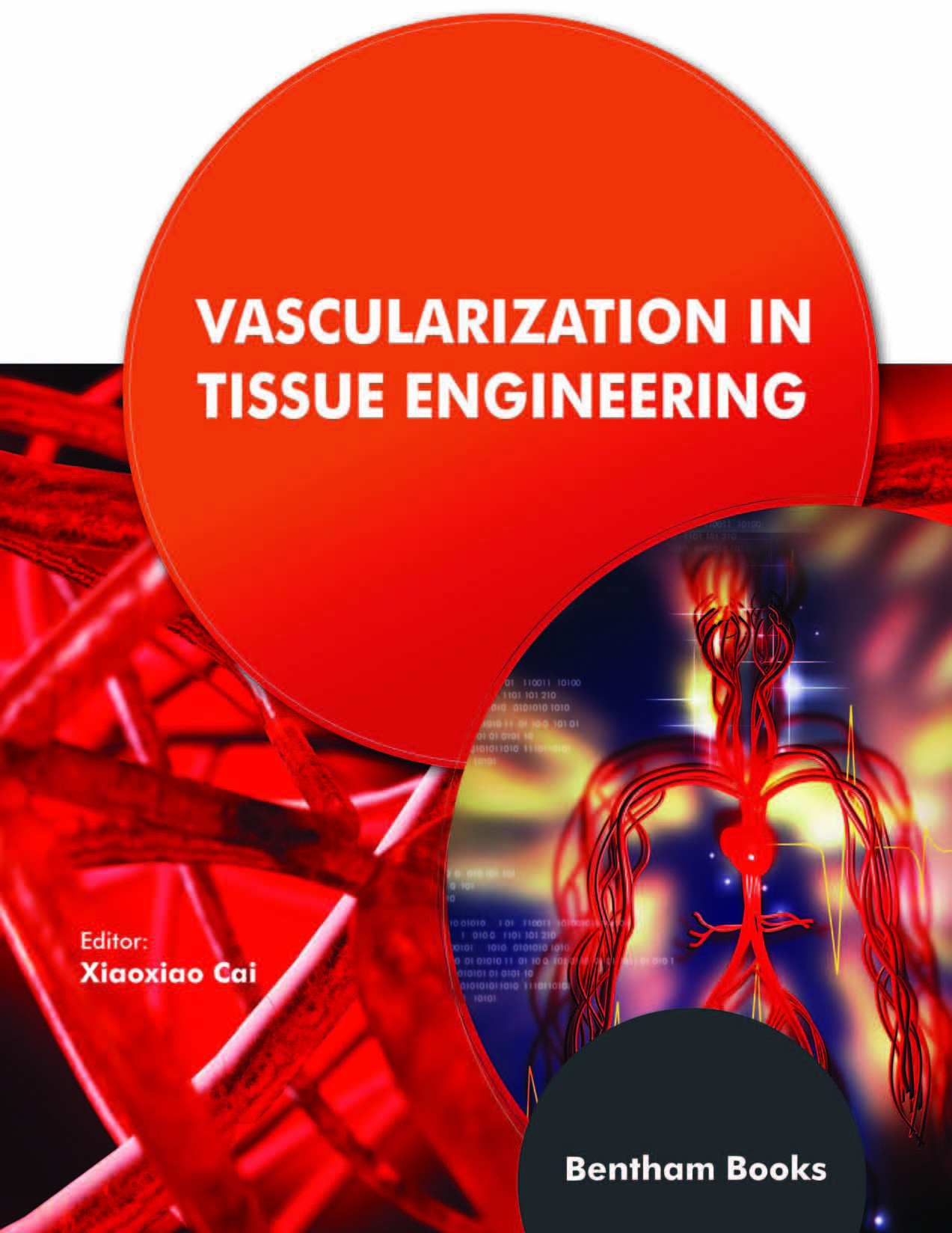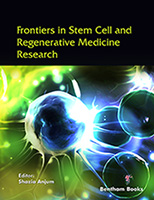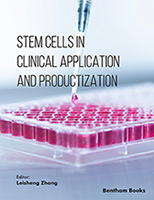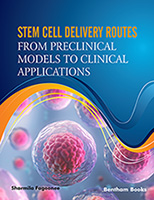Angiogenesis refers to the process of forming a new vascular system with an existing vascular network through the proliferation and migration of vascular endothelial cells on the basis of existing capillaries and/or venules. Angiogenesis is of great significance in tissue engineering, wound healing and regeneration repair. The core of tissue engineering is to establish a three-dimensional space complex of cells and biological materials, which is used to reconstruct the morphology, structure and function of the damaged tissues and achieve permanent replacement, to achieve the purpose of repairing wounds and rebuilding functions. However, there are few tissue engineering products that can be applied to clinics at present. One of the main reasons is the early vascularization of tissue engineering products. Evidence shows that when the cell mass is greater than 3 mm3, the diffusion of interstitial fluid cannot be used to maintain the cell's survival, and the supply of oxygen and nutrients must be achieved through the regeneration of blood vessels. Because tissue engineering scaffolds do not have a vascular network, vascular regeneration has become an important factor limiting the ability of tissue engineering constructs to form tissues after implantation. Therefore, when using tissue engineering technology to construct large and complex artificial tissues or organs, how to avoid ischemic necrosis or poor healing of the central part of the defect has become the primary task of tissue engineering vascularization. At present, by constructing scaffold material-seed cell-growth factor complex, based on the research foundation of angiogenesis mechanism, the formation of neovascularization in vitro three-dimensional microenvironment or in vivo transplantation culture is the most common method for tissue engineering vascularization. Therefore, it is very important to understand the occurrence, development, physiological and pathological processes of angiogenesis for tissue engineering vascularization. In this book, the authors focus on the biological and pathological conditions of vascularization, microenvironment factors on angiogenesis, co-culture systems and scaffold materials used for angiogenesis, including: (1) biological basis of vascularization; (2) effects of microenvironment factors on angiogenesis; (3) microenvironment of pathological vascularization; (4) vascularization in co-culture systems; (5) vascularization and scaffold material.
Though this book, readers will have a better understanding of the occurrence, development, physiological and pathological processes of angiogenesis, and know more about ways and means of angiogenesis. The authors sincerely hope that this book will add further insight into basic and applied researchers as well as clinicians involved in tissue engineering vascularization, thus contributing to further advances in regenerative medicine.
Xiaoxiao Cai, D.D.S., M.D., Ph.D.
Professor of West China School of Stomatology
Sichuan University
Vice-director of Dental Implant Center
West China Hospital of Stomatology
No. 14, 3rd Sec
Ren Min Nan Road
Chengdu 610041, P.R.
China





